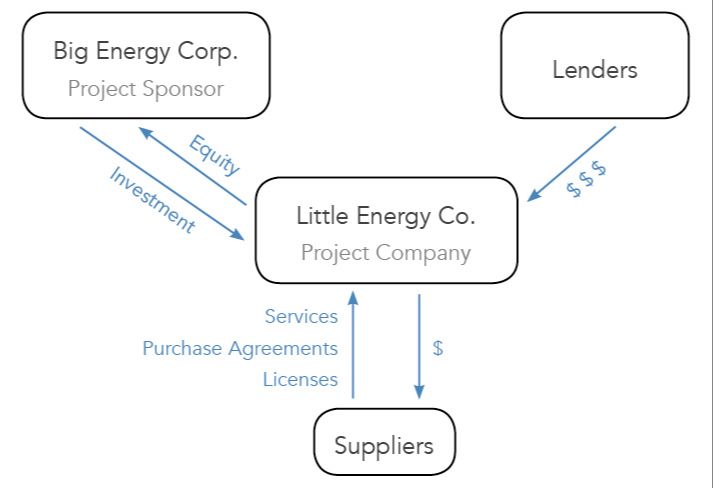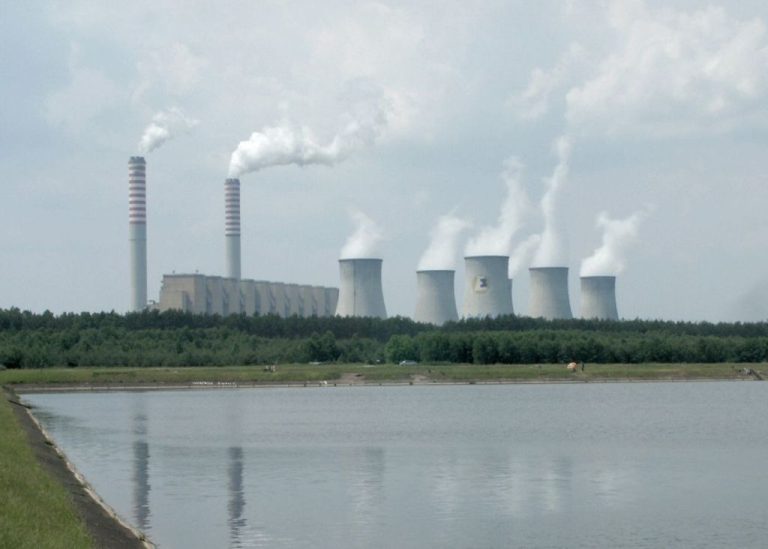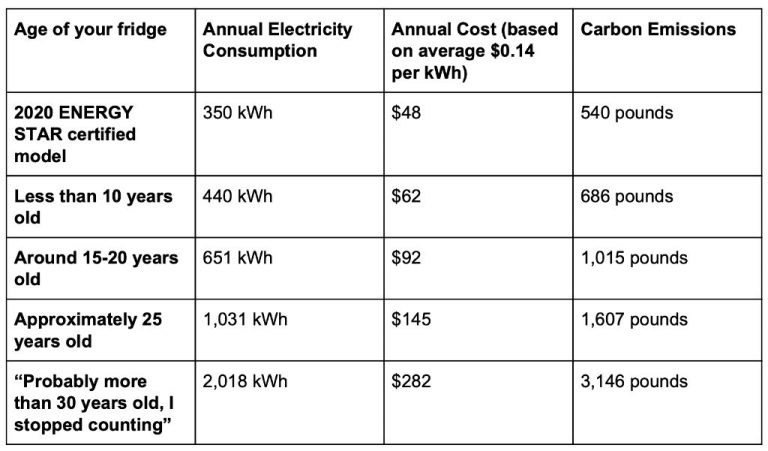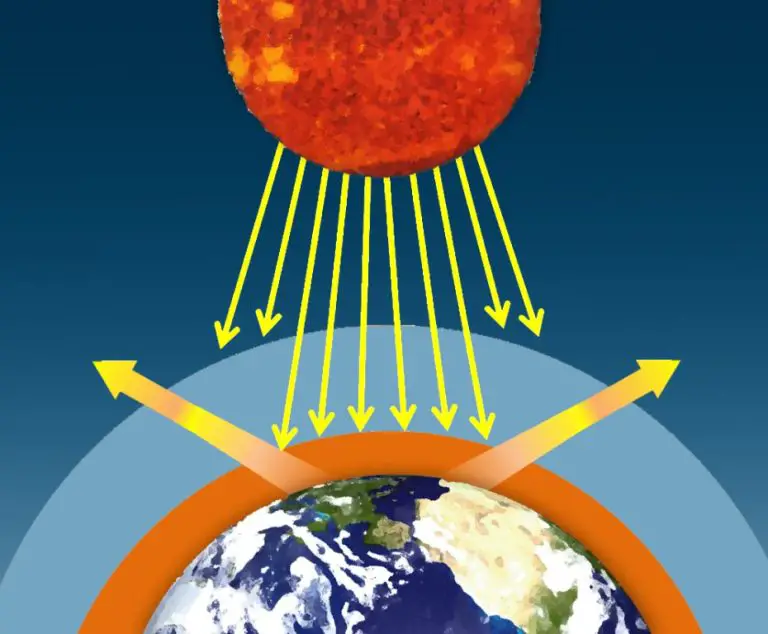Is All Clean Energy Renewable?
Introducing clean energy
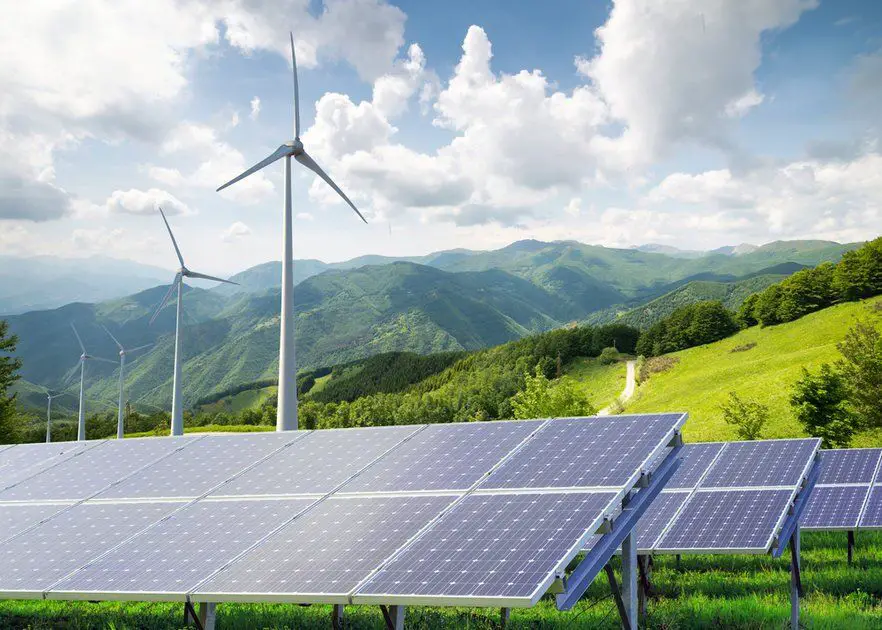
Clean energy refers to energy that comes from renewable, zero-emission sources that do not pollute the atmosphere when used. The main types of clean energy include solar, wind, geothermal, hydropower and nuclear energy (source). Clean energy is important because it produces significantly less air and climate pollution than fossil fuels like coal, oil and natural gas. Burning fossil fuels releases pollutants like nitrogen oxides, sulfur dioxide, particulate matter and heavy metals that negatively impact public health and contribute to issues like smog, acid rain and climate change. In contrast, renewable sources like solar and wind energy generate power without releasing any harmful air emissions (source). The growth of clean energy is essential for reducing greenhouse gas emissions and mitigating human-caused climate change while still providing the energy services society needs.
Types of renewable energy
There are several major types of renewable energy, including solar, wind, hydroelectric, and geothermal. Some of the most common renewable energy sources are:
- Solar power – This harnesses energy from the sun using technologies like photovoltaic panels to generate electricity. Solar energy can also be used to heat water and provide heating. (https://www.nationalgrid.com/stories/energy-explained/what-are-different-types-renewable-energy)
- Wind power – Wind turbines use the air flow through their blades to spin and generate electricity. Wind farms with multiple turbines can provide power to thousands of homes.
- Hydroelectric power – Also called hydropower, this uses the energy and flow of water to generate electricity through turbines. It is one of the oldest and most widely used forms of renewable energy.
- Geothermal energy – This taps into the natural heat inside the earth to generate steam and hot water that can drive turbines or be used directly for heating. It is available at all times, as opposed to solar or wind.
These renewable energy resources provide clean power without emitting greenhouse gases. They are considered renewable because they are naturally replenished – the sun keeps shining, the wind keeps blowing, and the water cycle continues. (https://www.un.org/en/climatechange/what-is-renewable-energy)
Types of non-renewable clean energy
While renewable energy sources like solar and wind are gaining popularity, there are some sources of clean energy that are non-renewable. Three major types of non-renewable yet clean energy are:
Nuclear energy – Energy from nuclear reactions, often utilizing uranium or plutonium, can generate electricity without carbon emissions. Nuclear power plants provide about 20% of U.S. electricity. However, there are risks of accidents and concerns around radioactive waste disposal.1
Hydrogen – Hydrogen can be used to store and transport energy, power vehicles, and more. It does not occur naturally so it must be produced from other energy sources. While hydrogen itself is clean, producing it can generate greenhouse gases depending on the source.2
Biomass – Organic matter like plants, residue and waste can be used to generate energy through direct combustion, conversion to liquid biofuels, or other processes. While considered renewable, biomass resources may take a substantial time to regrow so they cannot replenish as quickly as demand.3
Pros and cons of renewable energy
There are several advantages and disadvantages of using renewable energy sources.
One major advantage of renewable energy is that it produces little to no greenhouse gas emissions. Sources like solar, wind, and hydropower emit minimal carbon dioxide and other pollutants when generating electricity. This makes renewable energy more sustainable and environmentally friendly than fossil fuels.
Another benefit is that many renewable energy resources are naturally replenished. Sunlight, wind, and water resources are continuously available. Compared to finite fossil fuel reserves, renewable sources are far more sustainable over the long term.
However, one downside of some renewables is their intermittent nature. Solar and wind power depend on weather conditions and don’t provide electricity 24/7. This necessitates energy storage technology or backup power from fossil fuels when renewable resources are unavailable.
Overall, renewable energy has major advantages for emissions reductions and sustainability. But intermittency remains a challenge that requires integration with energy storage, grid flexibility, and other sources for around-the-clock reliability.
Pros and cons of non-renewable clean energy
One major advantage of non-renewable clean energy like nuclear is that it provides reliable baseload power not dependent on weather conditions. Nuclear power plants operate over 90% of the time, compared to the intermittent nature of renewables like solar and wind which rely on sunny or windy days (Advantages and Challenges of Nuclear Energy). This results in more consistent and predictable electricity generation.
However, a major downside of nuclear energy is the radioactive waste it produces. Spent nuclear fuel can remain hazardous for thousands of years and requires careful storage and disposal. There are concerns about the environmental and health impacts if radioactive materials are accidentally released. Dealing with nuclear waste is an ongoing challenge (The Advantages and Disadvantages of Nuclear Energy).
Growth of renewable energy
The capacity of renewable energy worldwide has grown rapidly in recent years. According to the International Energy Agency (IEA), renewables accounted for over 42% of global electricity generation in 2028, with the share from wind and solar PV doubling to 25% (IEA). The growth can be attributed to several key factors:
Firstly, costs for renewable energy technologies like solar and wind have fallen dramatically. Since 2010, the levelized cost of electricity (LCOE) for solar PV decreased by 85% and the LCOE for onshore wind fell by 56% (IEA). As costs have fallen, renewable energy has become increasingly cost-competitive with conventional fossil fuel generation.
Secondly, supportive government policies like tax incentives, renewable energy mandates, and carbon pricing have encouraged rapid growth. Countries around the world have implemented policies to phase out fossil fuel use and ramp up renewables. The Paris Agreement also set ambitious international targets for emissions reductions that are spurring renewables growth.
Lastly, technological improvements have increased renewable energy capacities and availability. Advancements like taller wind turbines, solar tracking systems, and improved energy storage are enabling renewables to generate more electricity at lower costs.
Given these supportive conditions, the IEA projects that renewables are poised for continued rapid growth in the years ahead to meet climate goals and energy demand.
Growth of non-renewable clean energy
While renewable energy sources like solar and wind have seen rapid growth in recent years, some forms of non-renewable yet clean energy have had more modest expansion. Nuclear power, which produces no greenhouse gas emissions, has remained relatively stagnant over the past decade. Total nuclear generation in 2021 was 2,653 TWh, down from 2,657 TWh in 2011 (IEA, 2023). High upfront construction costs and public concerns over safety and waste disposal have challenged additional nuclear buildout. However, next generation nuclear technologies like small modular reactors aim to address these challenges and enable nuclear to play a larger role.
Use of hydrogen as an emissions-free fuel has seen some growth, though still small in scale. With the right policies and investments, hydrogen derived from renewable electricity or fossil fuels with carbon capture could displace higher carbon options in transportation, industry, and power generation. The IEA projects global clean hydrogen production to increase from around 90 million tonnes in 2021 to over 200 million tonnes by 2030 as costs decline (IEA, 2023). Realizing hydrogen’s potential requires major infrastructure buildout and technology advances still in early stages.
Challenges facing renewable energy
Renewable energy sources face a variety of challenges before they can become a dominant part of the global energy mix. Some key challenges include:
Intermittency: Many renewable sources like solar and wind are intermittent, meaning they only produce energy when the sun is shining or the wind is blowing. This can make it difficult to match energy production to demand without adequate storage solutions. According to a report by the IEA, intermittency remains an obstacle for very high shares of renewables in some countries and managing seasonal variations can be an issue (IEA).
Storage: The intermittent nature of renewables increases the need for energy storage like batteries and pumped hydro. Large scale, long duration energy storage is still limited and costs remain high. More innovation is needed in grid-scale storage solutions before renewables can reach very high penetration levels.
Transmission: Many of the best renewable energy resources are located far from major population centers. Building out transmission infrastructure to connect generation with demand is expensive and faces siting and permitting challenges according to Sustainable Review (Sustainable Review). Upgrading and expanding transmission grids will be critical to growth of renewables.
Challenges facing non-renewable clean energy
When discussing challenges of non-renewable clean energy, three major issues often arise: high costs, waste management, and public perception.
First, building a nuclear power plant requires a very high initial investment. Construction costs are estimated between $6 billion and $9 billion for a new large plant, according to the U.S. Energy Information Administration (EIA). This accounts for the overnight cost, owner’s costs, contingencies and transmission upgrades.
Second, nuclear power generation results in radioactive waste that must be carefully managed. Spent nuclear fuel is extremely toxic and remains radioactive for thousands of years after use. Storing this waste long-term requires robust containment and isolation systems (DOE).
Finally, there is public concern regarding the safety of nuclear power plants and fear of radiation exposure, environmental contamination, and proliferation of nuclear materials. Incidents like Chernobyl and Fukushima Daiichi have contributed to negative perceptions. This can make it difficult to site new plants and maintain support.
Conclusion
In summary, there are both renewable and non-renewable sources of clean energy. Renewable energy comes from naturally replenishing sources like sunlight, wind, rain, tides, waves, and geothermal heat. The major renewable energy technologies include solar, wind, hydroelectric, geothermal, and biomass. The advantages of renewable energy include sustainability, reduction of greenhouse gas emissions, and energy independence. However, renewable sources can be intermittent and expensive. Non-renewable clean energy comes from sources that will eventually be depleted, like nuclear energy. Nuclear power does not produce air pollution or carbon dioxide, and it provides reliable baseload power. However, nuclear energy does carry risks like radioactive waste and accidents. Both renewable and non-renewable sources will play important roles in transitioning to a clean energy future with low emissions. Each has advantages and disadvantages that must be considered. With continued growth, innovation and cost reductions for renewables along with safe nuclear energy and possibly clean fossil fuel technologies, a diverse clean energy mix can support a sustainable low-carbon future.

